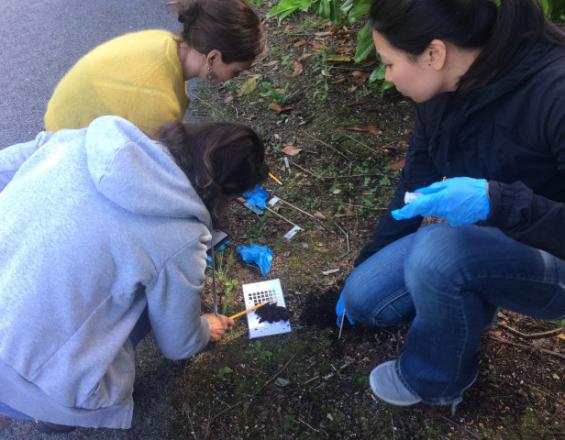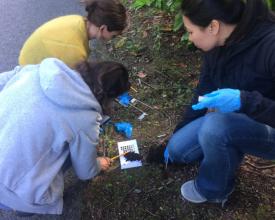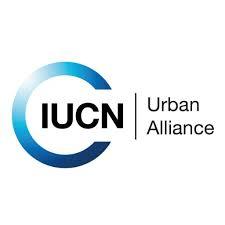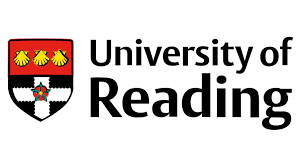
The effect of green spaces and urban trees on reducing flood risk

Cities often rely on concrete drainage channels to handle urban rainwater, carrying it from the streets and impermeable areas to local rivers and ponds. This grey solution not only transports water but also pollution and does not resolve the core issue of impermeable surfaces. Trees and urban parks can provide significant pluvial flood mitigation along with other benefits. The soil and roots of trees improve groundwater infiltration, whilst their branches and leaves intercept rainfall and evapotranspire water back into the atmosphere. This green solution attenuates the intensity of pluvial flooding by slowing and storing water during intense rain events. Citizen scientists collected data on the absorption capacity of urban trees and green spaces. They measured soil characteristics in 36 locations and gathered over 520 samples in public parks in London, Birmingham and Paris. These metrics are being used to calibrate models of the infiltration capacity of soil and reduction in run-off to determine avoided urban flood risk.
Context
Challenges addressed
Location
Impacts
The purpose of the model is to inform management decisions, to ensure the efficacy of existing green infrastructure, and contribute to cost-benefit analyses of potential green infrastructure. The project is already working with an array of stakeholders, including the UNESCO International Hydrology Programme and government advisory bodies such as the UK Committee on Climate and Policy.
By providing science-based evidence, citizen scientists helped gather key information to quantify the impact of these green approaches. The project has provided new insights to improve our knowledge of the functionality, costs and benefits of green infrastructure in urban flood mitigation. Local authorities and stakeholders are provided with the evidence and tools needed to improve the management of urban green spaces and support alternative flood mitigation strategies aside from grey infrastructure. As climate change creates new challenges to urban communities, nature-based solutions present opportunities for planners and policymakers to improve the resilience of our cities and urban areas.





